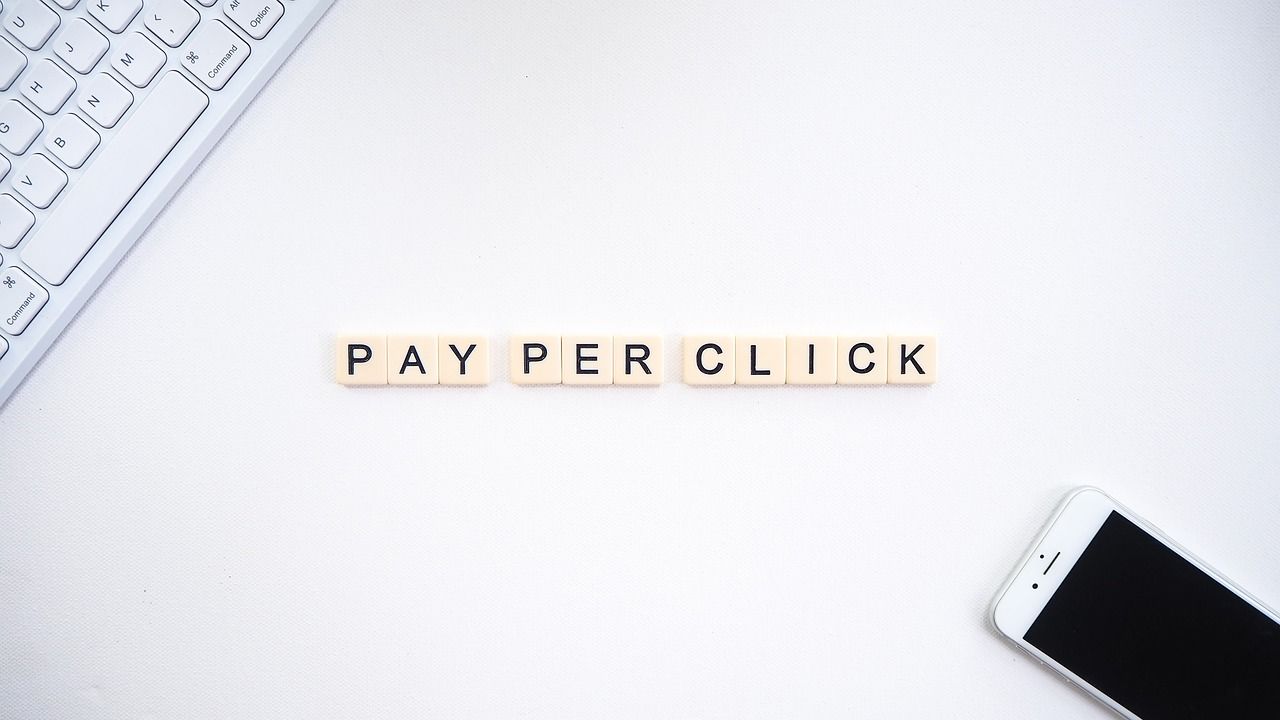Google Ads has become a crucial tool for businesses to reach their target audience and drive conversions. Creating high-converting Google Ads campaigns requires a strategic approach that combines creativity, data analysis, and a deep understanding of your audience. In this article, we’ll explore the step-by-step process of creating Google Ads campaigns that deliver impressive results.
Tailoring Ads to Specific Keywords
Ad relevance is paramount. Ensure your ad closely aligns with the keywords for which it’s displayed. Include the keyword in the headline and description to show users that your ad directly addresses their search query.
Example: If you’re advertising online courses, match the keyword “digital marketing course” with an ad that starts with “Master Digital Marketing with Our Comprehensive Course.”
Defining Clear Campaign Goals
Every successful campaign starts with well-defined goals. Are you looking to increase website traffic, generate leads, or boost sales? Setting specific, measurable, achievable, relevant, and time-bound (SMART) goals will provide a clear direction for your campaign and help you measure its success.
Example: Suppose you’re promoting a fitness subscription. Set a SMART goal like “Gain 1000 New Subscribers in 3 Months” to provide clear direction and measureable outcomes.
Keyword Research and Selection
Keywords are the foundation of Google Ads campaigns. Use tools like Google Keyword Planner to identify relevant keywords that align with your business and audience. Focus on a mix of broad, exact match, and long-tail keywords to capture different user intent.
Example: If you’re advertising a pet grooming service, effective keywords like “professional pet grooming” and “dog spa services” ensure your ad aligns with user intent.
Compelling Ad Copy and Creatives
Your ad copy and creatives are what catch the user’s attention and convince them to click. Craft compelling headlines, concise descriptions, and a strong call-to-action (CTA). A/B test different ad variations to determine which ones resonate best with your audience.
Example: For a travel agency promoting a beach vacation, captivating ad copy could be “Paradise Awaits: Book Your Dream Beach Getaway Today!” accompanied by picturesque images.
Designing Effective Landing Pages
Driving traffic to your website is only half the battle; the landing page experience is equally important. Create dedicated landing pages that align with your ad’s message and provide a seamless user experience. Optimize these pages for speed, mobile responsiveness, and clear conversion paths.
Example: If you’re advertising a tech gadget, ensure your ad’s promise of innovation and convenience continues on a landing page featuring the product’s features and benefits.
Utilizing Ad Extensions
Ad extensions enhance your ads by providing additional information and options for users to engage. Use site link extensions, callout extensions, and structured snippets to highlight unique selling points and increase the chances of conversions.
Example: Imagine you’re marketing a restaurant. Utilize ad extensions like “View Our Menu” and “Book a Table” to make it easier for users to engage directly.
Setting Up Conversion Tracking
Conversion tracking is vital for measuring the success of your campaigns accurately. Implement conversion tracking codes to monitor actions like form submissions, purchases, or sign-ups. This data will help you refine your campaigns over time.
Example: For an online course, implement conversion tracking to measure actions like “Enroll Now” clicks, helping you gauge the campaign’s effectiveness.
Bid Strategy and Budget Allocation
Choose the appropriate bid strategy based on your campaign goals. Whether it’s cost-per-click (CPC), cost-per-acquisition (CPA), or return on ad spend (ROAS), align your bidding strategy with your objectives. Allocate your budget wisely across campaigns and keywords.
Example: If you’re promoting a luxury brand, opt for a higher budget allocation to match the premium nature of your products, ensuring more visibility.
Continuous Monitoring and Optimization
Creating the perfect campaign takes ongoing effort. Regularly monitor your campaigns, analyze performance data, and make data-driven adjustments. Pause underperforming ads, reallocate budgets, and refine your targeting to optimize your campaign’s effectiveness.
Example: Suppose you’re advertising a fitness equipment store. Regularly analyze data to identify trends. If treadmill sales peak, allocate more budget to capitalize on demand.
Ad Quality and Relevance
Google rewards high-quality, relevant ads with better ad placements and lower costs. Ensure your ads match the user’s search intent, and keep refining your ad copy and targeting to maintain relevance.
Example: For a skincare product, make your ad relevant with headlines like “Revitalize Your Skin with Our Natural Glow Serum.”
A/B Testing for Success
Experimentation is key to finding what works best. Conduct A/B tests on different ad elements, such as headlines, CTAs, and visuals. Use the insights gained to refine your campaigns and improve their conversion rates.
Example: Imagine promoting a subscription box. Test variations like “Discover New Delights Every Month” versus “Unlock Surprises in Every Box” to determine which resonates better.
Geographic and Demographic Targeting
Segment your audience based on geographic and demographic factors. Tailor your ads to specific regions and audiences to deliver more personalized and effective messaging.
Example: If advertising an adventure tour, tailor ads by location: “Experience Wilderness in [Location]” for effective geographic targeting.
Remarketing and Audience Targeting
Don’t neglect users who’ve already interacted with your brand. Set up remarketing campaigns to re-engage past visitors and encourage them to complete desired actions.
Example: For an e-commerce store, set up a remarketing campaign targeting users who viewed specific products, nudging them towards completing their purchase.
Conclusion
Creating high-impact Google Ads campaigns requires a strategic blend of creativity, data analysis, and continuous optimization. By understanding the importance of ad relevance, crafting attention-grabbing ad copy, and leveraging various tools, you can drive impressive results and maximize your return on investment.
FAQs
Q1: How do I choose the right emotional triggers for my ads? A: Research your audience’s motivations and desires. Conduct research to uncover which emotions resonate with them the most.
Q2: Can I use humor in serious product ads? A: Yes, humor can be effective if it aligns with your brand’s tone and resonates with your audience. However, ensure it doesn’t undermine the message’s seriousness.
Q3: How often should I update my ad copy? A: Regular updates keep your ads fresh. Consider making changes every few weeks to maintain relevance and avoid ad fatigue.
Q4: What’s the role of storytelling in ad copy? A: Storytelling creates an emotional connection with the audience. Use it to illustrate how your product or service solves a problem or enhances their lives.
Q5: Are long or short headlines more effective? A: Both can work. The key is conveying value and relevance within the character limit while enticing users to read on.




